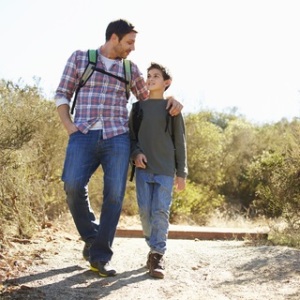
If a member of your family has food allergies, it’s imperative that you understand the facts, recognize the symptoms, and know how to respond quickly.
The most common food allergy signs and symptoms include:
Tingling or itching in the mouth
Swelling of the lips, tongue and throat or other parts of the body
Wheezing, nasal congestion or trouble breathing
Hives, itching or eczema
Abdominal pain, diarrhea, nausea or vomiting
Dizziness, lightheadedness or fainting
What is a food allergy?
A food allergy is an allergic reaction that occurs when the immune system responds to a food as harmful and causes one or more symptoms. The foods that cause an allergic reaction are called allergens. It takes only a small amount of an allergen to cause an allergic reaction.
What are the Most Common Food Allergens?
- Eggs
- Milk
- Peanuts
- Tree nuts, such as walnuts
- Soy
- Wheat
- Sesame
- Shellfish, such as shrimp, crab and lobster
- Fish
Eggs, milk, peanuts, tree nuts, soy and wheat are the most common allergens among infants and small children. Children may outgrow some allergies, such as egg, milk, and soy; but, are less likely to outgrow allergies to peanut, tree nuts, fish, and shellfish
The adjustments to living with food allergies can be overwhelming. That’s why being informed is the most important action to take.
Learning how to read labels, what foods to serve, and how to manage dining out are just a few of the steps toward managing food allergies. It’s also critical to know how to respond to a food allergy episode, which means knowing how to recognize the signs and symptoms of anaphylaxis and how to treat it.
Food Allergy Emergency Care Plan
Also called an Anaphylaxis Emergency Action Plan, this should be written down legibly and provide steps on what to do in an emergency.
- Epinephrine is the medicine used to treat an allergic reaction. Learn how to give your child this medicine. It is safe and comes in an auto-injector, which injects a single dose of medicine when pressed against your child’s outer thigh. Your health care professional can show you how to use it.
- Keep two epinephrine auto-injectors near your child at all times.
- Family or friends who spend time with your child should be shown how to use the auto-injector.
- A medical alert bracelet can be worn by your child to let others know of their allergy.
How to Treat Anaphylaxis
- Epinephrine can save your child’s life, so know how to follow the steps in your child’s emergency care plan and use it immediately.
- After administering epinephrine, always call 911 or a local ambulance service. Advise them of your child’s allergic reaction, and tell them more may be needed.
- An ambulance should take your child to the hospital where trained medical staff will monitor them for further reactions and any additional treatment needed.
Important Food Allergy Health and Safety Reminders
- Be sure to ask what ingredients are in foods that other people make for your child.
- Wash your hands and your child’s hands with soap and water before handling food. Prepare and serve foods with clean utensils and other kitchen items and on clean surfaces.
- Make sure family, friends, and others who will be with your child know about your child’s allergies and how to respond.
- Be sure to tell your child’s school and anyone responsible for your child about his or her food allergies.
- Help your child be responsible by teaching them about how to manage their food allergies. Even if they are very young, it is good for them to understand.
- When old enough, teach your child to read labels and how to use an epinephrine autoinjector.
- Once diagnosed, keep your focus on what safe foods your child can have, rather than what they cannot have. Start off with simple ingredients and from their look for new recipes together.

